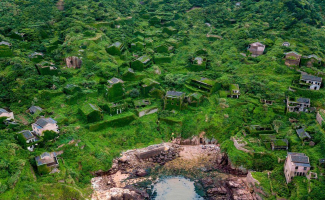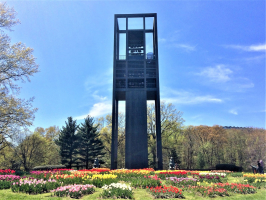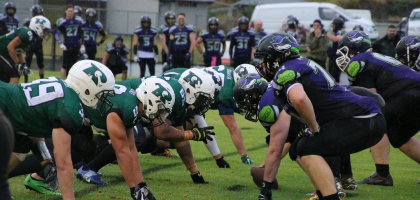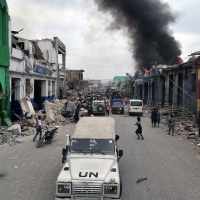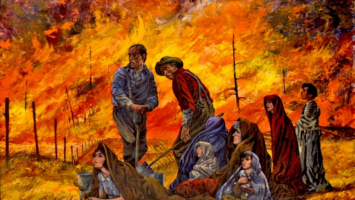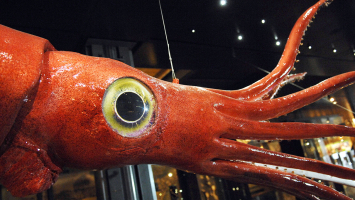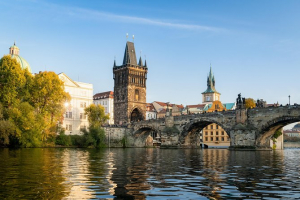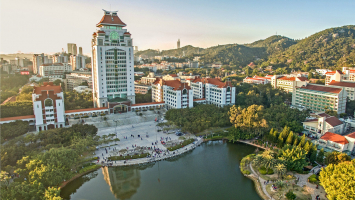Top 10 Historical Cities That Have Suffered Awful Fates
Humans imagine the history of cities across the world as a step-by-step progression of achievements, from small villages to towns to the huge metropolises ... read more...people see today. The worst sections of history are regarded as simple interludes - 'dark ages' - in the grand story, despite the fact that those dark ages had a significantly greater influence on the trajectory of human history than most eras of peace and prosperity. Let's have a look at the list of historical cities that have suffered awful fates.
-
The Japanese invasion of China in 1937 was not unexpected, given the Japanese had previously invaded Manchuria - or northeastern China - and created a puppet government there in 1931. What was startling, however, was the level of cruelty and violence inflicted on Chinese citizens were subjected to throughout the length of the occupation.
The Rape of Nanjing, as its deadliest chapter became known, began in December 1937 and claimed the lives of almost 300,000 civilians over the next six weeks. The victims were frequently bayoneted to death in various ways, and beheading, disemboweling, impaling, and hacking into pieces with swords were also popular. Rape of women of all ages was very common, and victims were frequently tortured and mercilessly slain in the aftermath.
During the massacre, victims were buried alive, run over by tanks, fastened to walls, or burnt to death. Two Japanese troops were even vying to see how many people they could behead with their swords, since their exploits were constantly documented by a photographer and published in Japanese publications.
- Location: Nanjing, China
- Stages: December 1937–January 1938
- Deaths: 200,000 people
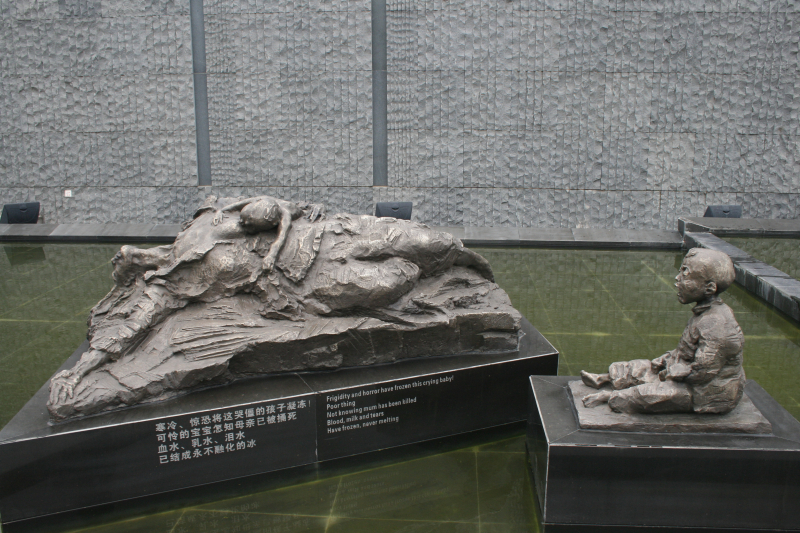
history.com 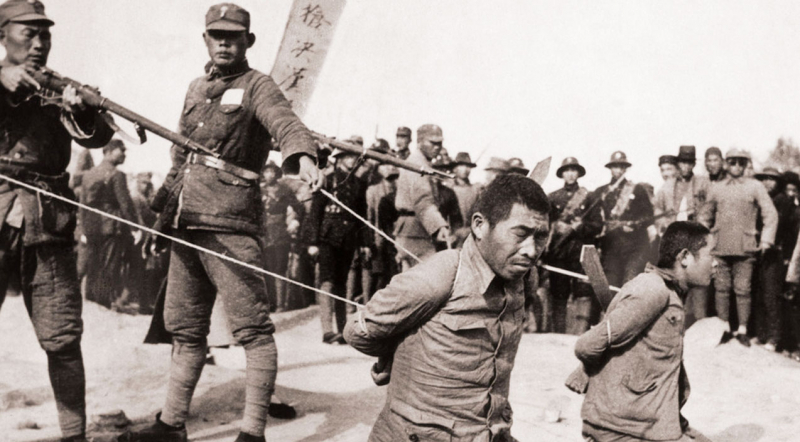
japantimes.jp -
Baghdad in 1258 was a metropolis without precedent in the known world. It was the epicenter of the Golden Age of Islam - a nearly five-century period of renaissance in domains like as medicine, military technology, philosophy, culture, and art, among others - and was easily the world's biggest and most affluent metropolis at the time.
The House of Wisdom, the city's major library, was considered to be the biggest store of knowledge ever assembled in one location at the time, encompassing information thought to be lost following the fall of ancient civilizations like as China, India, and Rome. Unfortunately, 1258 was also the year of Hulagu Khan, a fearsome-yet-brilliant Mongol leader, determined to invade the Levant, amassing probably the greatest Mongol army ever assembled to attack Baghdad.
For nearly a week following the invasion, Mongol forces raped, killed, and pillaged their way through Baghdad, destroying its world-class infrastructure. This was the destiny of most Mongol opponents who refused to surrender and instead opted to fight. The Caliph himself was rolled inside a carpet and crushed to death, bringing the glorious Islamic period and the Abbasid dynasty to a terrible and unexpected end.
By the end, the House of Wisdom, like most other structures in the city, had been completely destroyed, with all of its books either burned or thrown into the Tigris River. The devastation was so extensive that it would take generations to rebuild, much alone restore the city to its former splendour.
- Location: Baghdad, Iraq
- Stages: 29 January – 10 February 1258
- Deaths: N/A
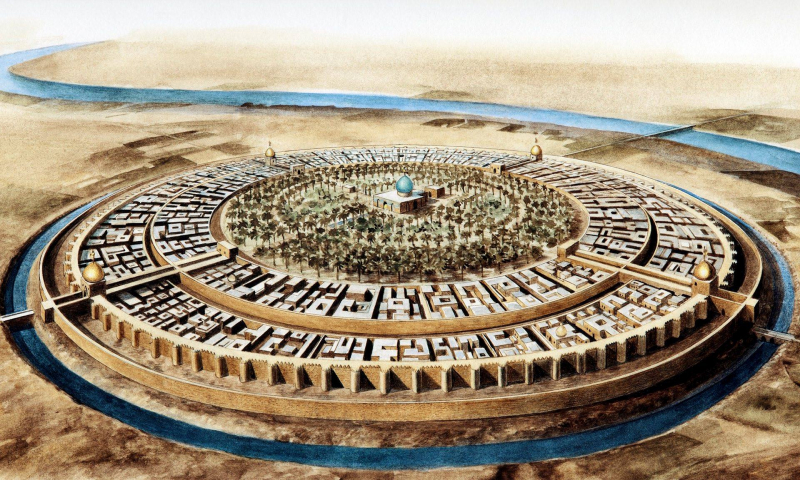
islamciv.com 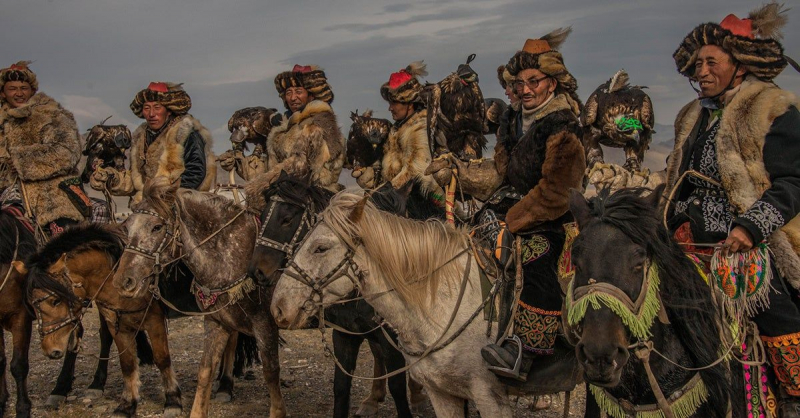
intisari.grid.id -
When Nazi forces seized Warsaw, Poland, in October 1939, Heinrich Himmler's orders to his officers were devilishly simple: raze the city to the ground and turn it into a Wehrmacht transport center, 'no stone shall remain standing.' Those orders were put into effect with the sort of efficiency you only associate with Germans for the following five years or more, until it was ultimately freed by Soviet troops in January 1945.
The first Red Army soldiers to arrive in the city described a picture of total and utter ruin. Buildings had been meticulously leveled to guarantee that they could not be restored or built upon, and that was repeated with every structure, no matter how huge or tiny. It was maybe the only city utterly destroyed during the war; it would not be a leap to claim that pre-WW2 Warsaw ceased to exist under the occupation. The war, or more especially the Nazis, transformed Warsaw from a multiethnic, cosmopolitan city to a battle-torn desolation that would take decades to rebuild properly.
- Location: Warsaw, Poland
- Stages: October 1939
- Deaths: between 150,000 and 200,000 people
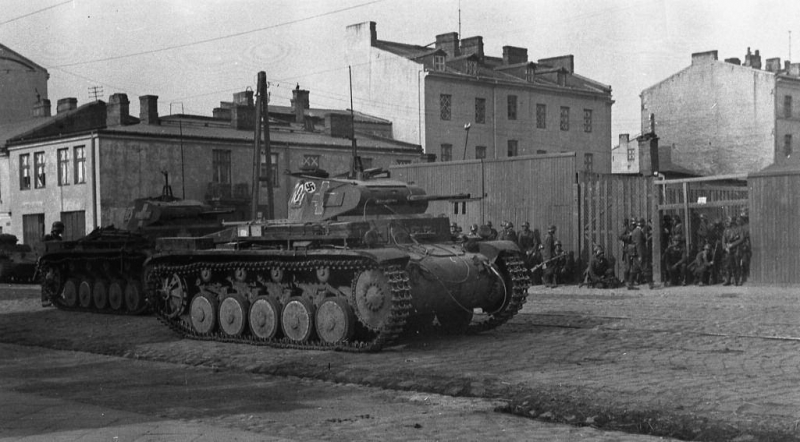
weaponsandwarfare.com 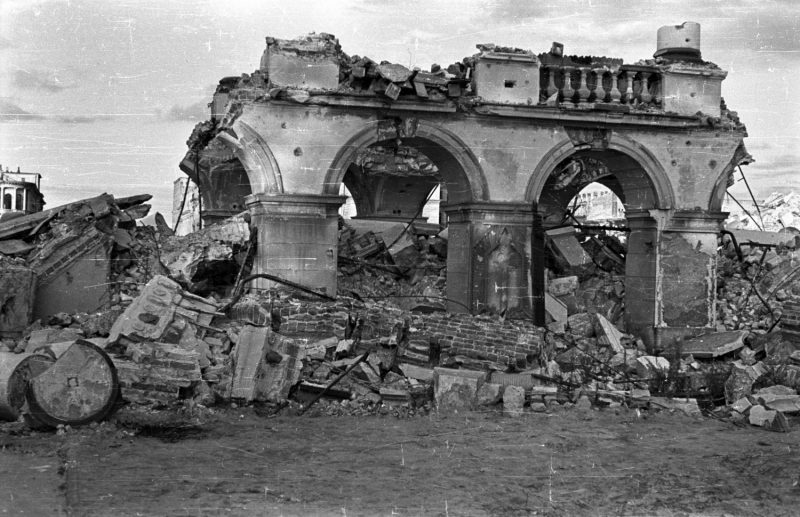
encyclopedia.ushmm.org -
The Bosnian War was one of numerous wars that arose following the collapse of Yugoslavia. It was distinguished by systematic ethnic cleansing, mass rape, and a level of savagery not seen in European fighting since WW2. Tensions from WW2 also played a part, since Yugoslavia witnessed some of the greatest brutality of the war in the European theater.
One of its most heinous instances was the siege of Sarajevo, the capital of the newly founded country of Bosnia and Herzegovina, by nationalist Bosnian Serb troops in April 1992. While the conflict was complex and difficult to grasp without a thorough understanding of the region's extensive history, the siege itself was straightforward.
For more than three years, Serb soldiers stationed in the scenic hills around the city assaulted the city's people with sniper rifles, artillery rounds, and air attacks. Their goal was to compel the Bosnian government, which was mostly composed up of Bosniak, Croat, and Serb officials, to surrender and pave way for a Greater Serbian dominion.
Throughout that period, citizens were indiscriminately bombed or shot from a distance, making mundane tasks like walking to the market scary and life-threatening. The siege had claimed the lives of almost 14,000 inhabitants by the time it ended in February 1996, making it the longest and bloodiest siege of any city in the modern period of warfare.
- Location: Sarajevo, Bosnia and Herzegovina
- Stages: 2 April 1992 – 29 February 1996
- Deaths: 13,952 people
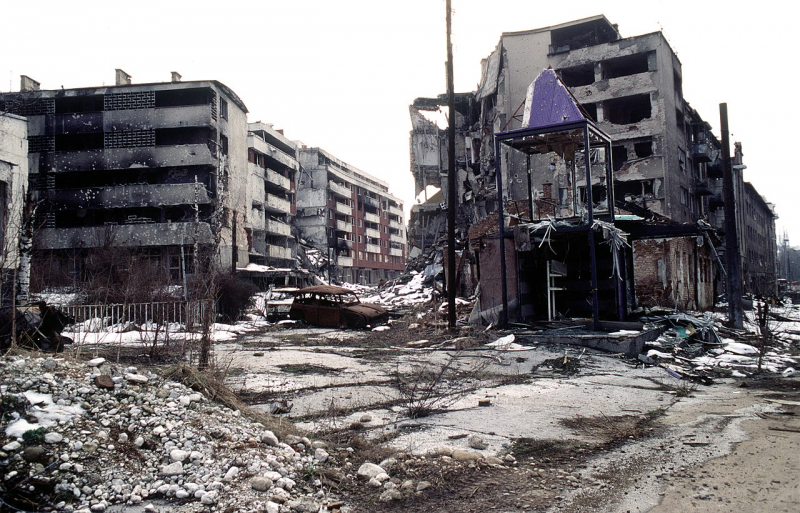
srebrenica.org.uk 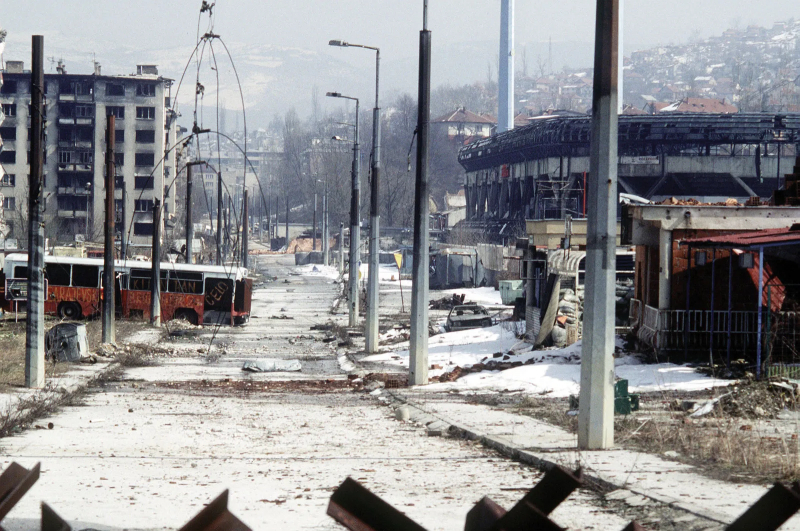
britannica.com -
The Romans were known for their ruthlessness on the battlefield, though their most brutal campaigns were reserved for rebelling populations. The Jewish citizens of Jerusalem had the misfortune of discovering this firsthand in 70 AD, four years after the Jerusalem riots of 66 AD, when the Jews overthrew the Romans and installed a revolutionary government.
The Roman legions, led by Titus, surrounded the city and began slowly squeezing life from the Jewish stronghold. By the year 70, the attackers had breached Jerusalem's outer walls and began a systematic ransacking of the city. The assault culminated in the burning and destruction of the Temple, which served as the center of Judaism. The hallowed remains of the Temple were carried to Rome and exhibited in celebration of the triumph. Thousands were slaughtered by the Romans in their victory. Thousands more were enslaved and sent to work in Egypt's mines, while others were dispersed to arenas across the Empire to be butchered for the public's entertainment.
- Location: Jerusalem, Israel
- Stages: 70–73 AD
- Deaths: approximately 1,100,000 people
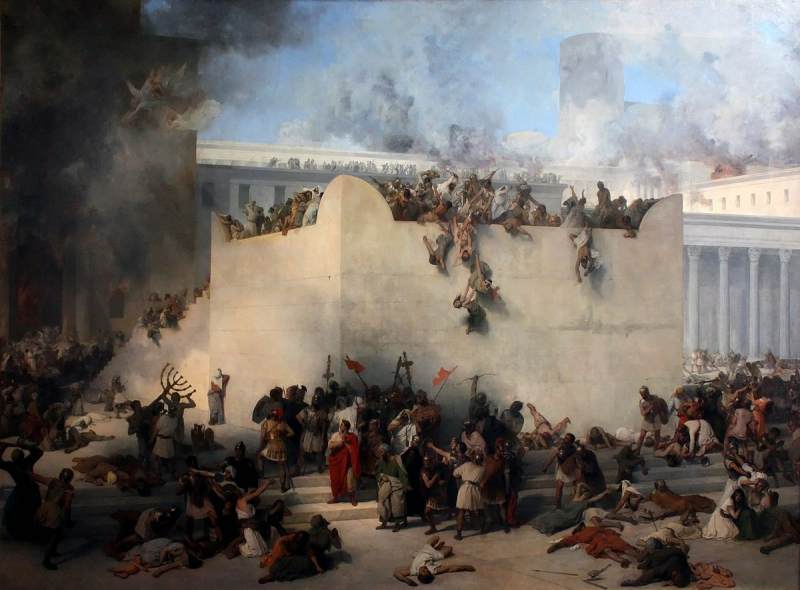
wikipedia.org 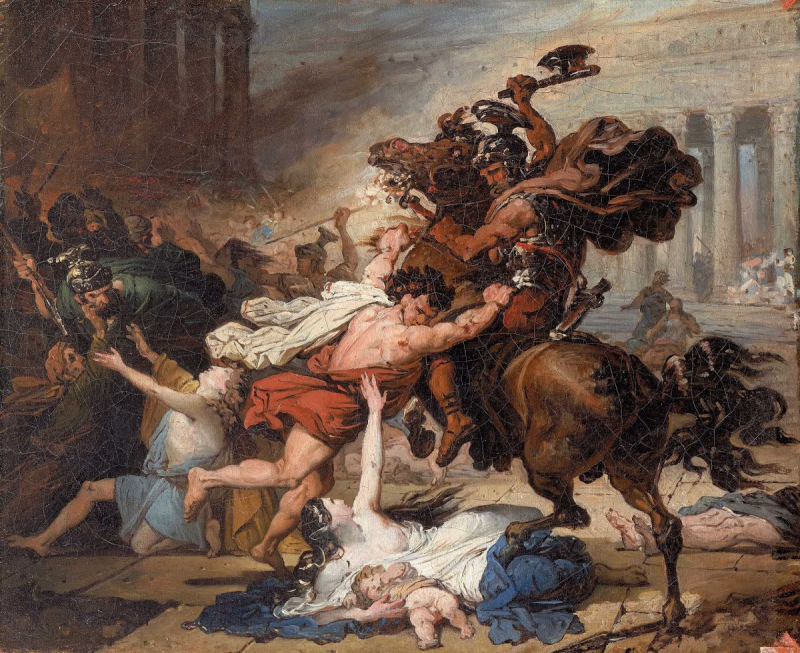
artsandculture.google.com -
The siege of Leningrad (now St. Petersburg) by German and Finnish troops in September 1941 was the war's longest, lasting 872 days. The city possessed strategic and ideological importance for both Germany and Russia as the previous capital of Russia, the location of the Bolshevik revolution, and the home base for the feared Baltic Sea fleet. While it was removed by the ending stages of the war, those 872 days were maybe the worst 872 days ever endured by any civilian population in history.
Accurate figures are difficult to come by, but even the most modest estimates place the death toll at around 800,000 Russians during the siege. The principal causes were extreme hunger and a shortage of resources; it was not unusual for individuals to boil home objects like upholstery, wood, paint off the walls, or anything else they could find to cook a meal. Cannibalism was also alarmingly frequent; in only the first half of 1942, over 2,000 persons were jailed for eating or attempting to eat human flesh.
- Location: Saint Petersburg, Russia
- Stages: September 8, 1941 - January 27, 1944
- Deaths: 800,000 people
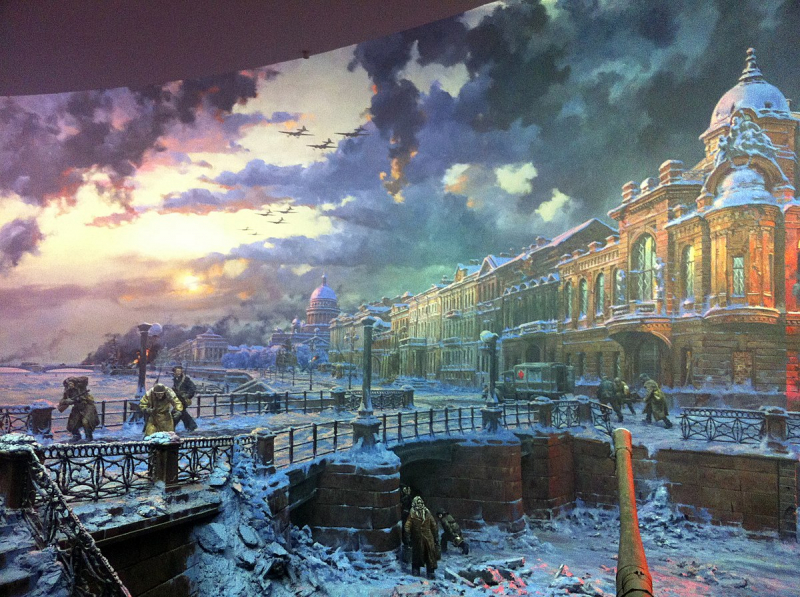
history.com 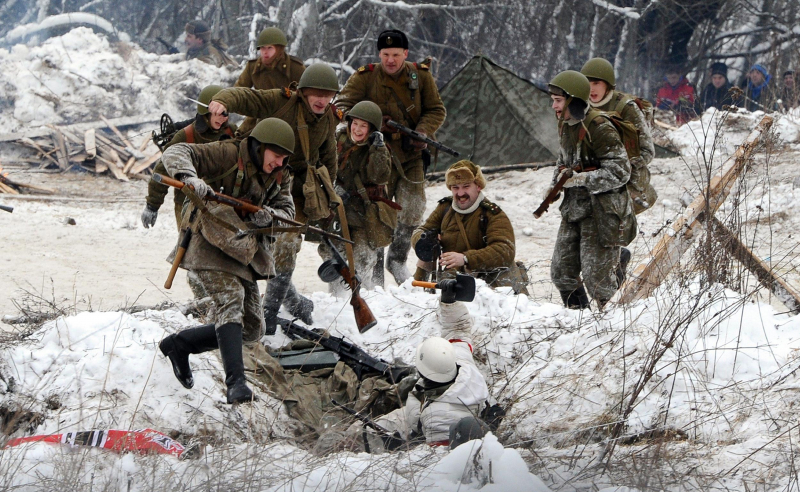
nbcnews.com -
Early on March 9, Air Force crews convened on the Mariana Islands of Tinian and Saipan for a military briefing. They were planned a low-level bombing strike on Tokyo that would begin that evening. Their planes would be stripped of all weapons except the tail turret. The weight reduction would boost the speed of each Superfortress bomber while simultaneously increasing its bomb load capacity by 65 percent, allowing each jet to carry more than seven tons.
On the night of March 9, 1945, US bombers commence a fresh bombing attack against Japan, unleashing 2,000 tons of incendiary bombs on Tokyo over the following 48 hours. The deadliest single wildfire in recorded history scorched about 16 square miles in and around Japan's capital, killing between 80,000 and 130,000 Japanese residents.
The cluster bombing of Shitamachi, a central Tokyo suburb, had been approved only a few hours earlier. Shitamachi was home to around 750,000 people who lived in confined confines in wooden-frame structures. Setting fire to this "paper city" was an experiment in the effects of firebombing; it destroyed the light industries known as "shadow factories," which manufactured prefabricated war components for Japanese aircraft manufacturing. Masses of panicked and terrified Japanese civilians attempted, but failed, to flee the inferno. The bomber pilots were disgusted by the blood-red clouds and odor of burning flesh that swept up, prompting them to grab air masks to keep from puking.
- Location: Tokyo, Japan
- Stages: March 9, 1945 - March 10, 1945
- Deaths: N/A
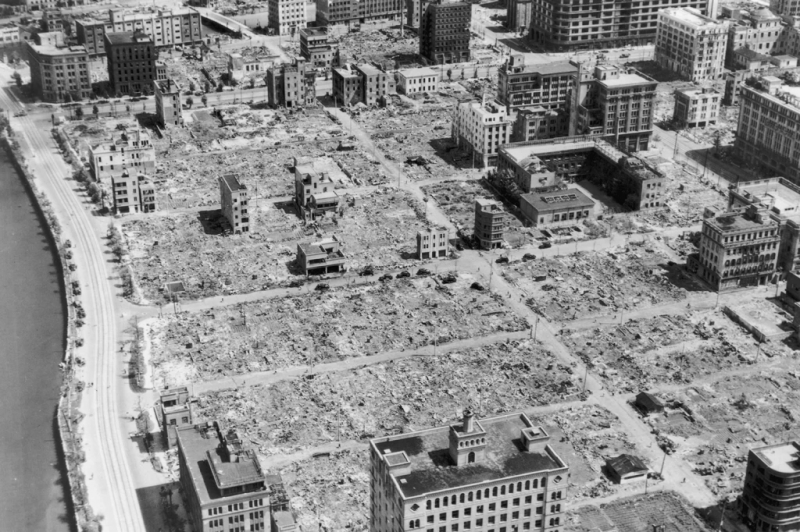
foreignpolicy.com 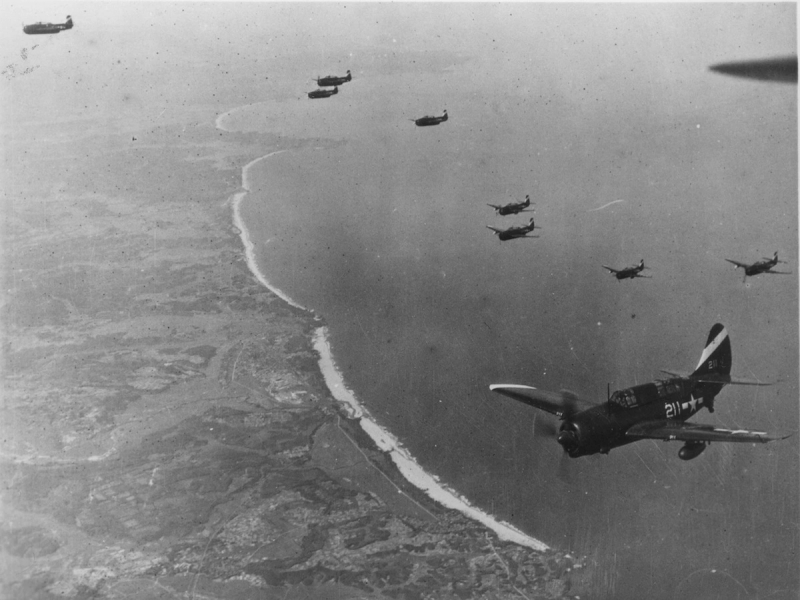
time.com -
The Plague of Justinian (541–549 AD) was the first documented outbreak of the bubonic plague caused by the bacterium Yersinia pestis. It was named after the Byzantine emperor Justinian I for some reason. The same disease, also known as the Black Death, returned to decimate Europe's population in the 14th century. It was nearly as lethal, killing approximately one-third of the affected population within a few months of the outbreak.
The worst-affected city was Constantinople, now Istanbul. At its peak, the pandemic claimed more than 10,000 people each day. The limited documents humans have from that time period describe a sight of unimaginable tragedy and ruin, with hundreds of dead lying unclaimed for months on end along the city's streets. At one point, city officials were simply throwing the bodies - which were frequently covered in infectious blood and pus and had to be tied to keep everything from disintegrating - into the sea, as cemeteries and other burial grounds were filled to the brim.
- Location: Constantinople,Turkey
- Stages: 14th century
- Deaths: 300,000 people
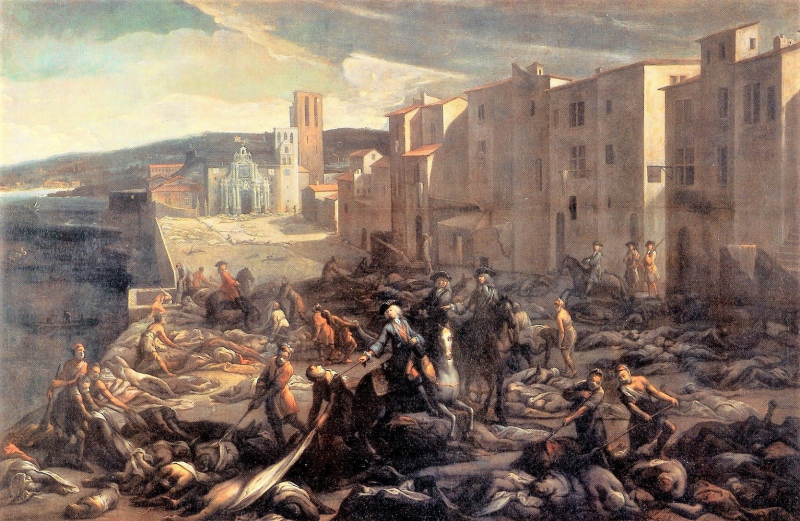
brewminate.com 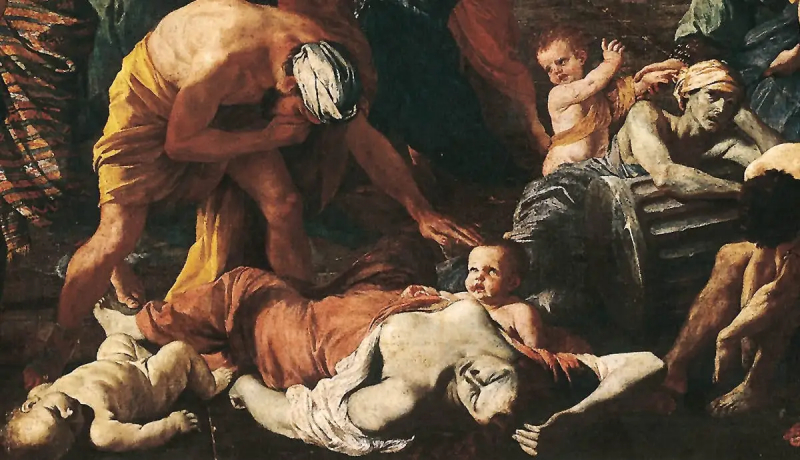
thecollector.com -
The eruption of Mt. Vesuvius in 79 AD has come to be associated with the city of Pompeii, whose preserved artifacts and bodies provide a visual representation of the tragedy. The majority of the victims died from thermal shock caused by the burning hot debris and lava, despite the fact that the temperature was not high enough to burn them. Although no one would call them "fortunate" in any sense of the term, they certainly got off light in comparison to the inhabitants of Herculaneum.
Herculaneum, a Roman town at the mountain's base, was a prosperous trading center at the time, but that all obviously changed on the day of the eruption. The remains here are much more difficult to recover because they have been covered in about five times the amount of ash that Pompeii has. There are also no well-preserved remains. There are only bones.
According to one recent analysis of the bones, the victims perished as a result of volcanic heat, since many of the bones show symptoms of fracture induced by extreme heat. Worryingly, they also discovered skull pieces. Unlike the residents of Pompeii, the residents of Herculaneum were subjected to a considerably more intense blast of heat, which caused their blood to boil to the point that their heads exploded.
- Location: Ercolano, Campania, Italy
- Stages: 79 AD
- Deaths: 300 people
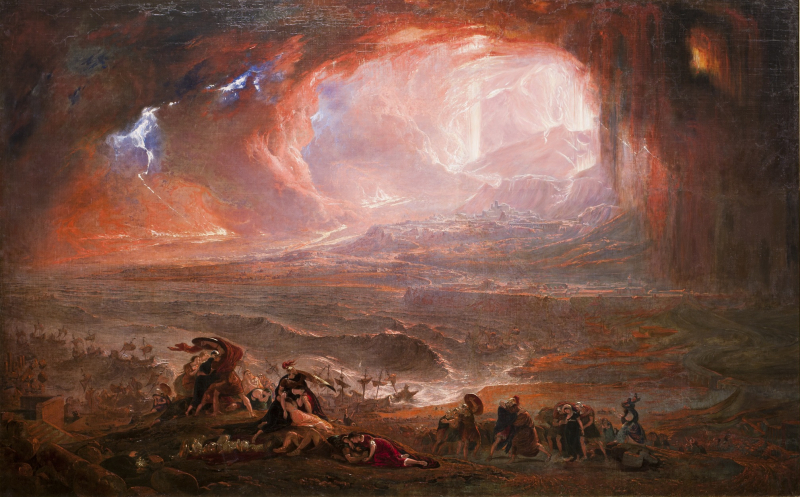
wikipedia.org 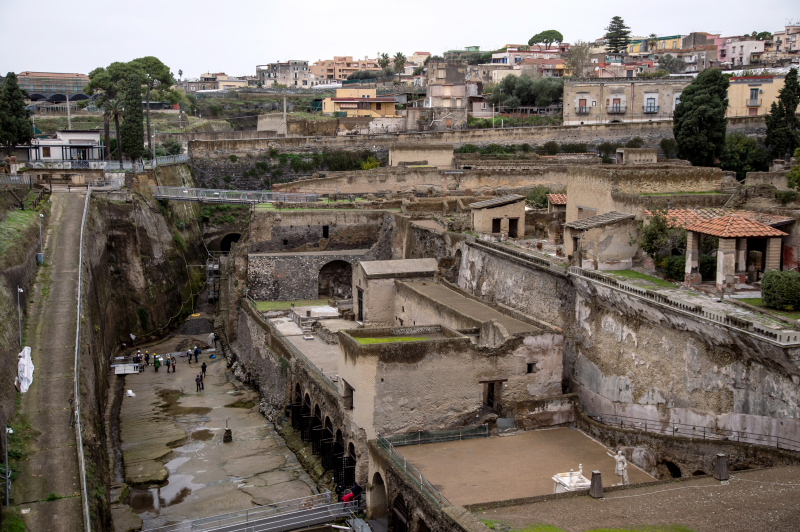
nbcnews.com -
Dresden is a German city and the capital of Saxony, one of the German states. Dresden was brutally bombarded by British and American forces during WWII. The city was bombed four times in 1945, beginning on February 13, 1945, and ending on April 17, 1945. The strikes featured a large number of soldiers, as well as 722 British RAF bombers and 527 US Air Force bombers.
The combined British and American air forces dropped an unparalleled quantity of explosives on Dresden, with about 4000 tons of bombs dropped. Almost 2000 acres of the city were devastated as a result of the attacks. The exact number of people killed during the two-month bombing of Dresden is unknown. Estimated casualties range from 35,000 up to 135,000, a disparity due in part to the chaotic nature of all wartime bombings.
The bombs were done in an attempt to prevent German advances, but the operations were and continue to be controversial. Whatever the reason — or motives — for the Allies' bombardment of Dresden, it is undeniable that the city was destroyed and civilians were slaughtered in higher numbers than ever before.
- Location: Dresden, Germany
- Stages: February 13, 1945 - on April 17, 1945
- Deaths: 35,000 - 135,000 people
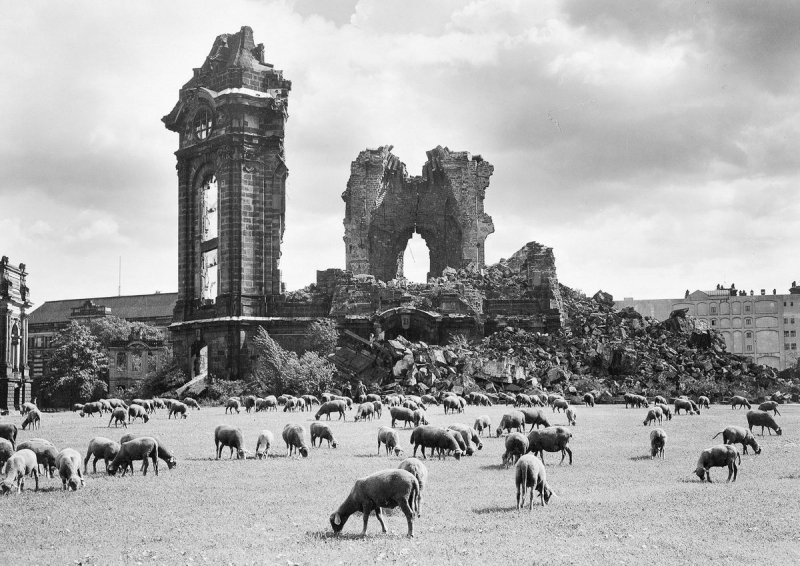
history.com 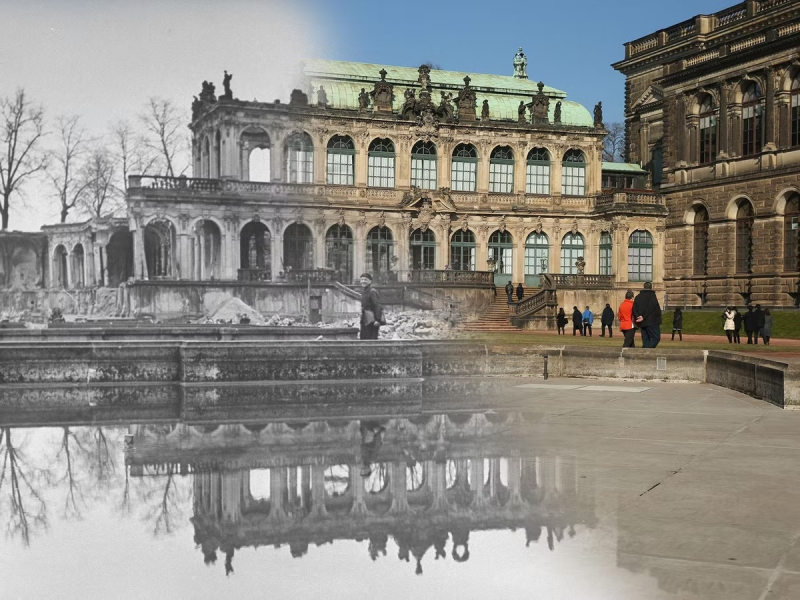
aoav.org.uk














